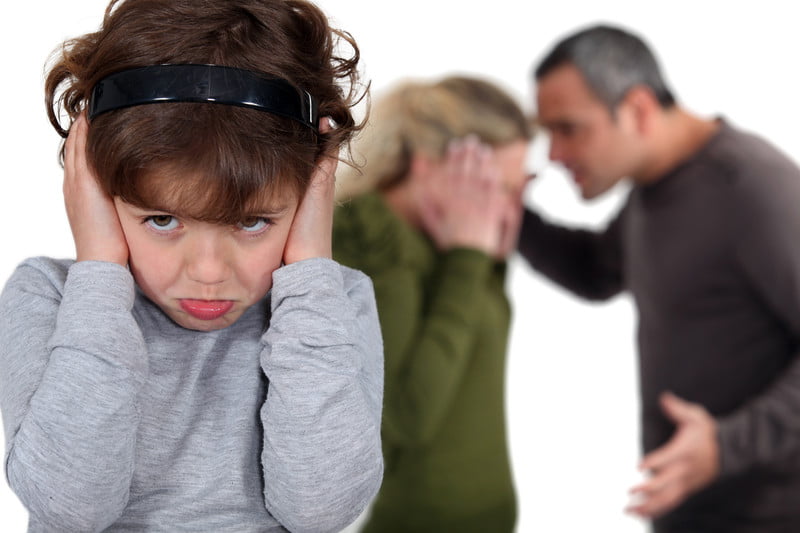
Last Updated: June 6, 2022
Child custody takes several forms and might be called a variety of different things depending on your state. Custody can be both legal or physical, or it might be called guardianship, or the allocation of parental responsibilities and parenting time. When a court makes a decision regarding custody or parenting time, it does so – in all states – based on a standard known as “the best interests of the child.” Experienced child custody lawyers often provide free consultations because these issues are so complex.
Child Custody Factors
There are numerous factors that come into play when a court decides to award custody to one or both parents. A court might award sole custody to one parent, or joint custody to both parents. A court might also award a joint allocation of parental responsibilities to each parent equally but give one parent more parenting time than the other parent. This all depends on what a Judge decides is in the best interests of the child – and this involves tons of different factors and elements.
The Best Interests of the Child
The best interests of the child is the standard used in all states, but the factors and how a judge evaluates each differs slightly. The primary factors that a court uses to determine what is best for the child are the following:
- Physical and Mental Health of All People (including kids)
- The Child’s Age
- Past and Present Child Rearing of Each Parent
- Ability of the Parent’s to Co-Parent
- Any Suspected Abuse or Neglect
None of these factors, by themselves, determine how a judge will award custody (with the exception of a parent having a criminal conviction for a sex crime against the child). The court will weigh all of these factors, and more, with the facts of an individual case to decide what is best for the child. In many cases, the court will appoint a Guardian Ad Litem (GAL) to a case to investigate each parent, their home, their friends and neighbors, relatives, and interview the child. The GAL will then make a report of his/her findings and tell the judge his/her recommendations. Judges side with a GAL’s recommendation 90% of the time – keep the GAL on your good side!
Physical and Mental Health of All People
All parents need to show that they are physically and mentally healthy to the court. This doesn’t mean doctors reports or a psychological examination (although these are fairly common). Think about it – if a parent is seriously unhealthy physically, it may be difficult or impossible to properly care for a child. Similarly, if a parent has serious mental health problems (suicide attempts, drug addiction, etc.), it may signal to the court that he or she also can’t care for the child. When a parent is undergoing treatment for mental health issues though, it should be seen as neutral/positive since they are working toward healing. Examining the physical and mental health of the child is also important to judge whether one parent is a positive or negative impact on the child’s health.
The Child’s Age
This is one of those factors that, by itself, does not determine custody. The child’s age coupled with his/her maturity for that age is what mattes most. In some states, the older the child, the more weight this factor is given. Some states barely consider this factor though. For example: a 16-year-old might want to stay at moms house because mom has no rules and he can go to bed late, not get grounded, and have parties. Dad’s house might have strict homework and bedtime rules – not something a 16-year-old might want. However, a court will decide what is best for the child, not necessarily what the child wants.
Past and Present Child Rearing
In many homes, both parents share pretty evenly things like taking a child to doctors’ appointments, extracurricular activities, making meals, and meeting with teachers. In other families, it might be one parent that primarily does these things. The court will look at the past and current child-rearing of each parent to determine how things will look going forward. A smart tip child custody lawyers often tell their clients is that if they are not involved that much, it is time to get overinvolved now. Coach a team, pickup from school, schedule doctors’ appointments, and go to the PTA meeting at the child’s school.
Ability of the Parents to Co-Parent
This is one of the biggest factors in virtually every state. When a court is trying to decide if there should be an order of joint custody or sole custody, it will often look to if joint custody is even possible. Can the parents communicate without fighting? Can they put their anger toward each other aside to do what’s best for their child and co-parent? If not, the judge might award one parent sole decision making. Showing the judge that you are able to compromise, negotiate in good faith, and work with the other parent is essential.
Suspected Abuse or Neglect
This is one of the only factors that could possibly mean a person is guaranteed (or likely) to lose his or her custody case. Any time sexual abuse has taken place by a parent, the court will protect the child and keep that parent away from a child. The same goes for extremely dangerous abuse to a child as well. Beyond that, if a parent abuses the other parent in the child’s presence, that can make a court decide against the abuser.
Applying the Factors to Your Case
The “best interests of the child” standard always has the goal of encouraging and fostering the security, happiness, emotional development, and metal health of the child into the young adult years. Factors determining the best interests of the child include the physical and mental health of parents, religion, culture, and stability of the home environment. When a child custody case is imminent or beginning, it is important to evaluate your situation with how it all looks according to these factors. If one or more factors doesn’t look great, begin to make moves to fix it – immediately. Do you have a stable job, home, and roots in the community? If not – get them – fast.
Next Steps
Start making a checklist of your life – list the positives and negatives. Fixing your shortcomings and accentuating your positives is ALWAYS better than just attacking the other parent. Get your life in order – get healthy, get involved, and speak to a lawyer and get a free attorney consultation to evaluate your case. Then, make a decision and move forward full speed.



hi I am 13 and my dad has physical custody and I want to live with my mom really bad and my dad yells at me every time I tell him I want to live with my mom and right now he doesn’t have court orders saying I cant see her and I am supposed to see her every other weekend and I haven’t seen her in a month and my mom wants me to live with her too and my dad just does not want me to be with my mom and he sent me to a mental hospital for my depression and the only reason I had depression is cause he was keeping me from my mom. he’s taking my mom to court for supervised visitation and that really upsets me and he obviously don’t care want I wish for and I have no idea what to do!!